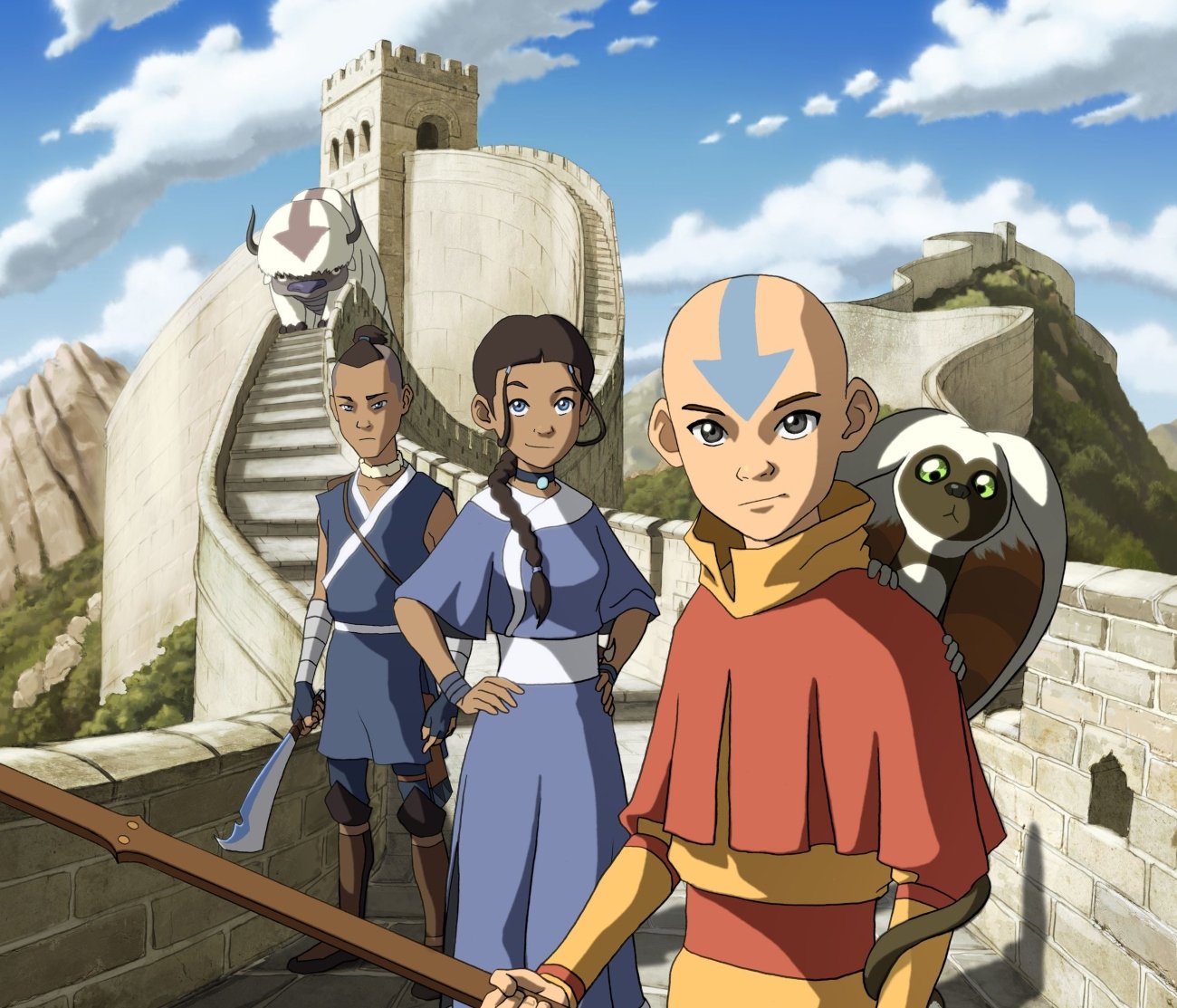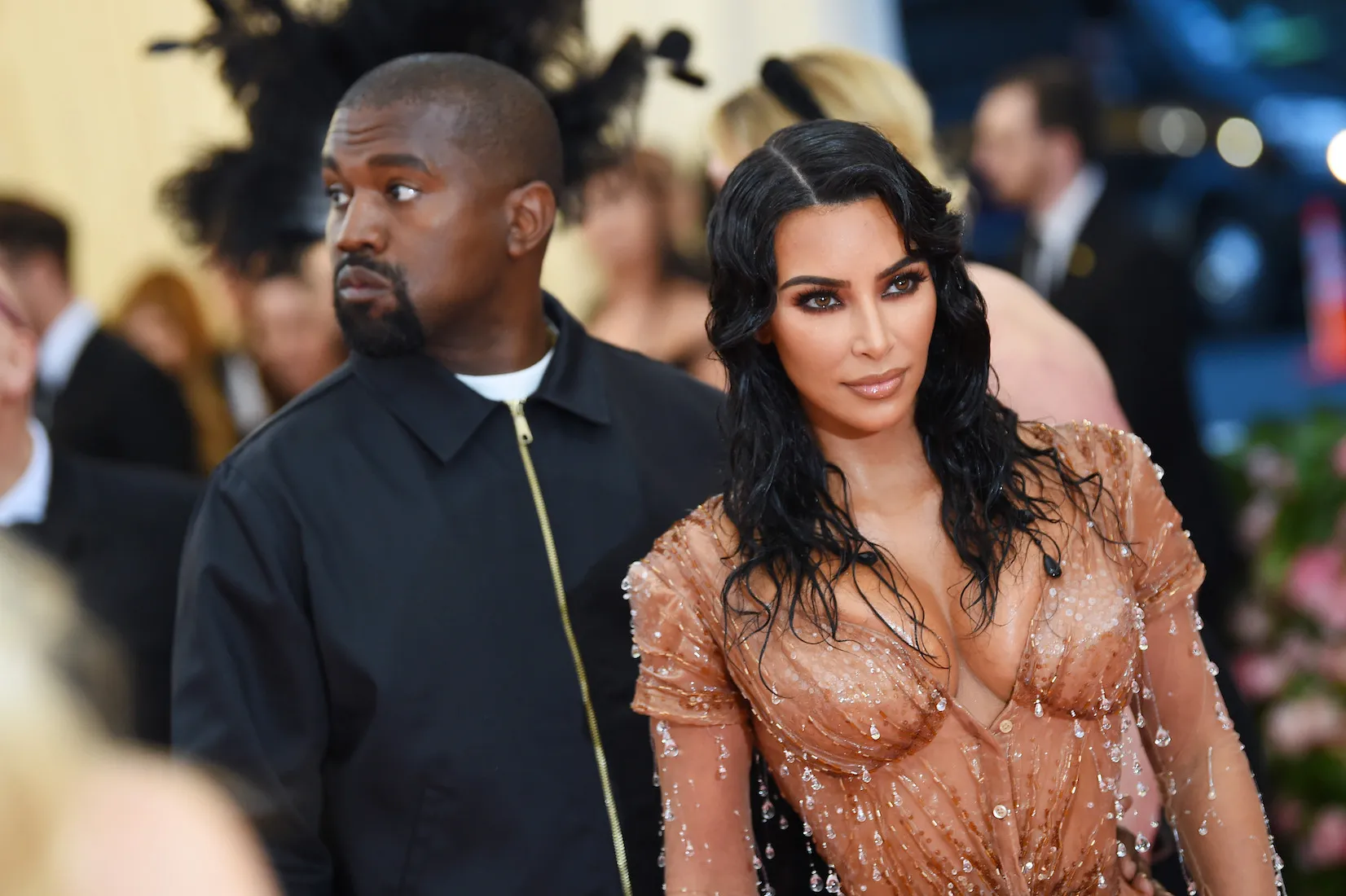‘Avatar: The Last Airbender’: The Four Kinds of Bending Are Based on Different Martial Arts
Avatar: The Last Airbender has seen a resurgence in popularity recently despite its debut being over 15 years ago. The arrival of the beloved animated series on Netflix (along with its sequel series The Legend of Korra) has created countless new fans of one of TV’s most timeless shows, and excited the many people who watched it as kids and are now grown up. Its themes of overcoming injustice, war, and corrupt and oppressive governments resonate with audiences around the world even more today than they did at the time of its release.
The world of Avatar: The Last Airbender is incredibly rich and filled with myriad real-world references that draw upon different elements from various East Asian cultures. This includes bending itself: the four kinds of bending portrayed in the show are based on different martial arts, and are each meant to communicate the qualities of each element.

Waterbending
The art of waterbending in the Avatar universe is based on the fluid movements of tai chi. Waterbending, like tai chi, is focused on the controlling of energy within one’s own body; “tai chi,” unsurprisingly, translates to “incredible energy.” Like waterbending, tai chi is gentle and flowing, but can have immense strength once mastered. Tai chi emphasizes using very little strength to defend oneself, instead using graceful circular motions to avoid attacks and direct energy back at the attacker.
Earthbending
The low stances and strong hand techniques associated with earthbending are derived from the southern Chinese martial art of hung ga, which comes from the styles of Shaolin kung fu. Unlike tai chi and waterbending, hung ga is a more external form of fighting that emphasizes having firm, solid stances (“hung” translates as “to stand firm and tall with integrity.”) Just like earthbending, the more connected to the earth one is, the better their fighting will be.
Because of her unique style of earthbending that doubles as her way of “seeing,” Toph‘s fighting patterns utilize the Chinese martial art of Southern Praying Mantis. Southern Praying Mantis is a close-range style that focuses more on the arms while keeping leg movements limited to low and short-range kicks.
RELATED: These Characters in ‘Avatar: The Last Airbender’ Embodied the 7 Deadly Sins
Firebending
Firebending is based on the Northern Shaolin style of fighting, which dates back 1,500 years to northern China and is the origin of many martial arts that have come after it. Like firebending, Northern Shaolin is an aggressive fighting style that uses long and extravagant extensions of the arms and legs as a way of using your energy to penetrate through your opponent’s defenses.
Airbending
Airbending, similar to waterbending’s tai chi roots, is based on a martial art that emphasizes small outward movements and waiting for the right moment to strike. Baguazhang uses the idea of “circle walking” as the basis of its stances and movement, which allows the fighter to move and change direction without pausing or losing momentum, as well as stay behind the opponent’s back. Just like Aang’s ability to frustrate aggressive firebenders with his quick, agile movements, baguazhang is all about evading and outmaneuvering to create an opening to strike your opponent.


